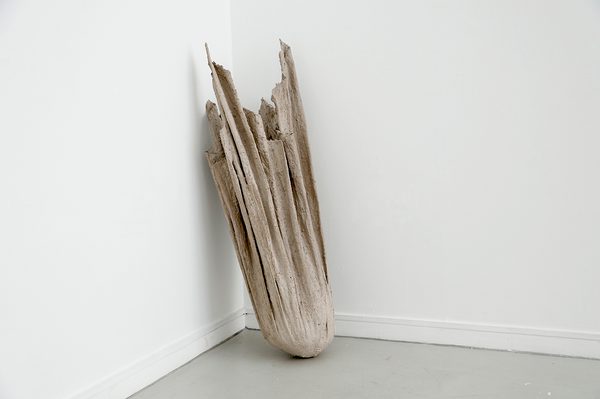Victoria Lucas

Victoria Lucas interrogates entangled ecologies and cultural heritage through embodied site-responsive encounters. Creative projects are initiated and sustained through field visits to selected sites and through an investigation of related historical, social and political research material. A process of deconstruction and reconstitution through artistic means then takes place, as experiences, gathered imagery and sculptural impressions are layered, fragmented, reconstructed and reformed to create multifaceted works and installations. Physical encounters and digital reckonings with geographical matter reveal new insights in relation to the material, cultural and psychological body as entangled with the more-than-human.
Victoria uses a range of materials and processes to construct her artworks, including sculpture, video, photography and performance. Coal dust, soil and pigment are incorporated in to her sculptures, so that these works hold a material resonance that imbues the site to which it refers. Digital image-making processes are treated as an extended sculptural practice, as still and moving images are built up and then trimmed, carved, stretched, layered and manipulated in to a new form. Drawing and collaging processes are often used to develop ideas responding to the landscapes encountered, and how those encounters intersect with archival materials researched. Newer works incorporate the body and the voice through self-representation in and with the sites inhabited, sometimes revealing narratives that seek to pull notions of gendered subjectivity towards a radical reinvention in conjunction with non-human agents.
Lauren Velvick describes Lucas’ recent practice as one that “deals with how nature is constructed, and how the concept of nature in turn constructs our political and social imaginary, with a particular focus on how gender is produced, reinforced and can be undermined through the self-representation of women within the landscape” (2023). Lucas’ material reckoning with her own subjectivity as a female artist is reflected in the landscapes she reconfigures in response to her embodied encounters with, for example, quarries, mines, grave sites and dilapidated architecture. Posthumanist, new materialist and feminist theory informs this work, as does the geographic context of post-industrial Britain. As Colin Perry notes in Art Monthly (2023), the politics at play in contemporary earth works like Lucas’ is “one of empowerment or resistance”.
Lived Experience
Victoria Lucas was born in Dewsbury, West Yorkshire in 1982 and lives and works in Sheffield, South Yorkshire.
Helping Artists Keep Going
Axis is an artist-led charity supporting contemporary visual artists with resources, connection, and visibility.













